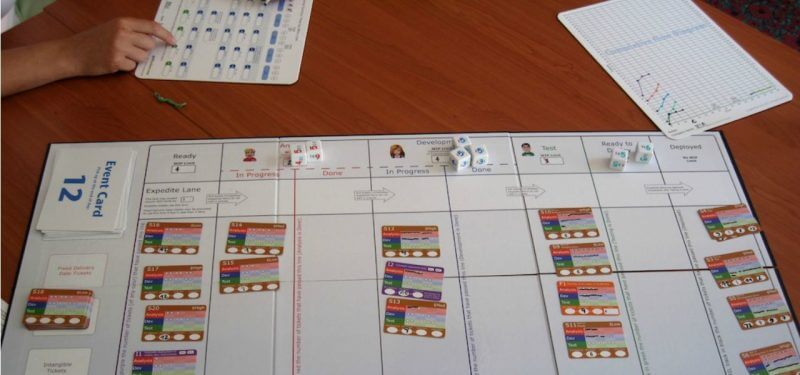I'm an experienced product manager who has supported both agile and waterfall development processes. Recently, I became a certified scrum product owner. These different approaches to software development and their perspectives made me consider why agile projects use both the product owner and product manager roles.
In traditional development, whether waterfall or iterative, the "product manager" is the person who owns the product road map, advocates for the product internally, and represents the customer in meetings with development. Agile development ushered in a new role. The product owner grooms the team's backlog, answers the team's questions about requirements, has discussions with stakeholders, and accepts content from the team. They work with their teams daily to make sure the content in the sprint sees completion. It's worth noting that "product manager" is also a job title, while in scrum the "product owner" role could be handled by someone with any title, as long as they're doing the specific tasks this role entails. Many times a product manager plays the role of product owner, but that isn't the only option.
I recently attended an agile user group that included a panel discussing these two roles, which overlap because both represent the customer in discussions with development. Many agile fundamentalists claim that the product manager role is unnecessary, because the product backlog is what defines the product road map, not the agenda of any one person's subjective interpretations. The question is, do we need both roles or are they different terms describing the same thing?
My answer is yes. To build medium to large products, you need both roles. For small products, it's possible to have one person perform both roles.
The road map and the vision
You need someone who owns the overall road map, a high-level view of where the complete product will be over the next few years. This is the job of a product manager, who helps upper management, investors, and even customers understand the evolution of the product. You also need people who work closely with the specific development team on articulating the vision of the current user story and who focus on making tough decisions in grooming the backlog—that's the job of a product owner. In many cases, it takes multiple teams to develop a single product, so there may be multiple product owners but only one person with the traditional product manager role.
There are many ways you can manage both of these activities. I've seen companies that have people in both product manager and product owner roles—product owners are in the development team and product managers are in product management. Some companies pool all their people in product management and have them rotate between the roles. Having been a product manager myself at a large company (IBM and elsewhere), I'd caution that it's tough to do both jobs at once.
This is because a product manager—who is supposed to explain the functionality of the complete product to sales, marketing, and analysts, and also look at where the overall marketplace is going—has a very different job from the day-to-day focus on the needs of developers and talking to specific customers about what's needed in the current user story.
The difference is agile
An additional concern has to do with agile itself. Generally, product owners should be colocated with the specific development team they're supporting, but the product manager can be located at corporate headquarters or close to key customers. Many times, it's difficult for companies to locate all their expertise under one roof due to acquisitions and expansions, which create frequent disruptions to the work of their most vital teams.
In agile development, product road maps often get a bad reputation. Some of this is deserved. From the agile (product owner's perspective), a company needs to adapt a product quickly—due to a specific customer request or the competition landscape—so a road map has a high likelihood of changing directions in the near future. Showing that to customers and other stakeholders isn't always effective over a months-long calendar of progress reporting. This mostly means you can't make a detailed road map or make too many specific commitments to customers. But from a more traditional perspective (the product manager's), a general product road map has value for marketing announcements and third-party integrations and to show customers the current plan.
An ongoing evolution
Let the product owner keep the details of the road map in the product backlog. Help the product manager understand these details, so the marketing plans can be adjusted and projected and the front-office team can stay in the loop.
Overall, while there's some confusion about the differences between product managers and product owners, they both fill very valuable roles in organizations that are doing scrum-based development. The role of product owner is clearly explained in scrum, and many organizations need someone to be the more traditional product manager as well.
I look forward to seeing how the product owner role evolves as scrum development becomes even more popular in the future.
Image source: visualpun.ch/Flickr
Keep learning
Take a deep dive into the state of quality with TechBeacon's Guide. Plus: Download the free World Quality Report 2022-23.
Put performance engineering into practice with these top 10 performance engineering techniques that work.
Find to tools you need with TechBeacon's Buyer's Guide for Selecting Software Test Automation Tools.
Discover best practices for reducing software defects with TechBeacon's Guide.
- Take your testing career to the next level. TechBeacon's Careers Topic Center provides expert advice to prepare you for your next move.



